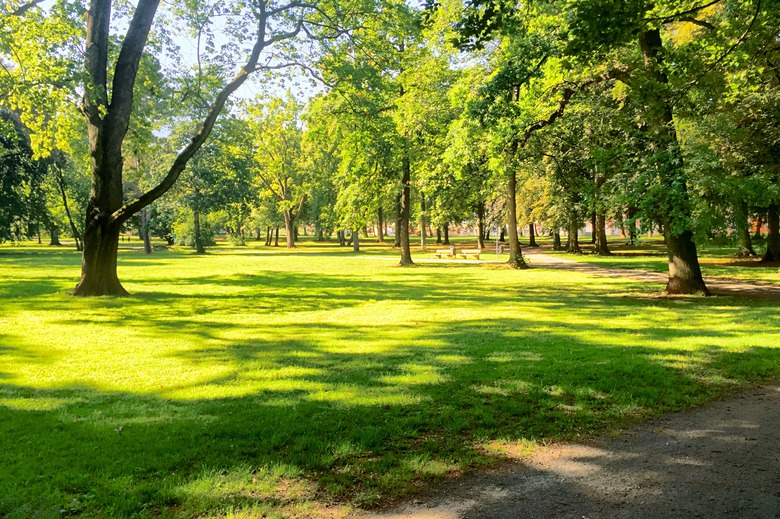Landscape Trees To Avoid
We may receive a commission on purchases made from links.
In reality, all trees benefit the environment in one way or the other, but for the average homeowner, there are some landscape trees to avoid. Whether due to invasive root systems, fast growth leading to weak wood or because the tree is just messy, some trees create more harm and headaches than their worth. Before adding any tree to your landscape, research its characteristics so you'll know if it's going to be an asset or generate problems.
Invasive Root Systems
Invasive Root Systems
Trees with large invasive root systems can create a wealth of problems in the landscape. The roots damage foundations and septic systems, water pipes and possibly cause thousands of dollars in repairs. Additionally, some trees produce expansive underground and surface roots. Invasive surface roots can make it hard to mow and can crack concrete and create tripping hazards. The acreage of average homes usually isn't large enough for growing trees with invasive root systems in a location where they won't cause potential damage.
Two landscape trees to avoid that have invasive root systems are the weeping willow (Salix babylonica, USDA zones 6 through 8) and silver maple (Acer saccharinum, zones 3-9). Both trees have shallow root systems that seek out water and can damage septic systems, drains or water pipes.
Roots of these trees can also damage sidewalks. In addition, both trees have weak wood that is susceptible to breaking in windy conditions and possibly damaging structures. These trees are best planted in large landscapes away from any structures, power lines or water systems where the roots and weak limbs can't reach.
Messy in the Landscape
Messy in the Landscape
Other landscape trees to avoid planting are those that create too much mess by dropping leaves or seeds. Although they may look great at certain times throughout the year, when they start creating a mess, you'll be spending much of your precious time raking up their clutter in your yard. In addition to their mess, many of these trees cause additional problems by being prone to diseases and having invasive root systems.
Trees known for creating big messes in the landscape are eastern cottonwood (Populus deltoides, zones 2-9) and sweet gum (Liquidambar styraciflua, zones 5-9). In addition to disease problems and invasive roots, eastern cottonwood seeds cause an explosion of mess in the landscape in spring, covering everything in a sticky, cotton-like substance.
On the other hand, sweet gum trees put on a brilliant colorful show in fall, but the spiky gumballs create a mess and hazard in spring. Besides the mess, forget running barefoot through the grass because stepping on the gumballs can cause pain and possible ankle injury.
Fast Growth and Weak Wood
Fast Growth and Weak Wood
Trees that produce quick growth generally produce problems because their wood is weak. Even storms that aren't severe can cause limbs to break, causing damage to structures. If you desire to plant a tree that grows fast and has weak wood, always plant it away from structures as well as power lines to prevent possible damage resulting in expensive repairs.
Two landscape trees to avoid due to their fast growth and weak wood are Callery pear (Pyrus calleryana, zones 5-9) and mimosa (Albizia julibrissin, zones 6-9). Besides having weak wood that easily breaks in storms, mimosa is also a messy tree, littering the landscape with dropped leaves and seed pods. Callery pear trees are considered invasive in many locations, and some trees bear thorns. The entire tree is structurally weak and storms, snow and ice cause large branches to easily break.
